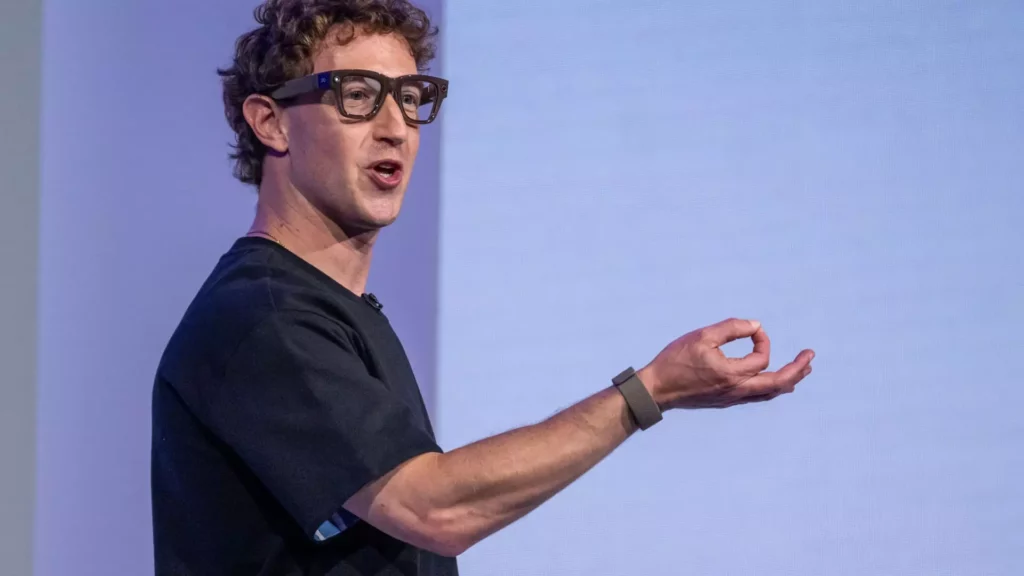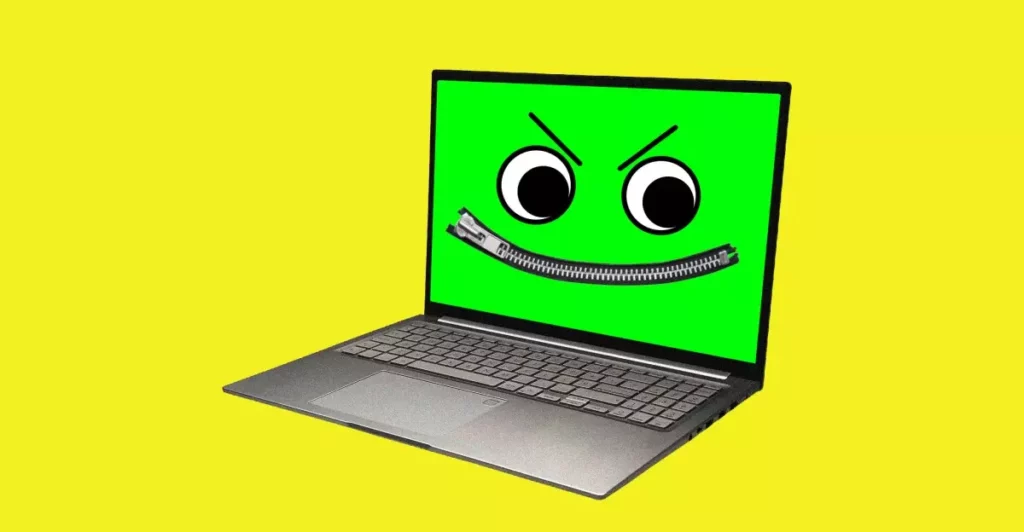In today’s evolving landscape, creativity is often misappropriated as a mere trait of artists or musicians. This perception undermines its essential role in various professional realms where problem-solving is paramount. True creativity delves deeper, acting as the core mechanism that enables human beings to connect disparate ideas, ultimately facilitating groundbreaking solutions. No matter the industry—whether in engineering, healthcare, or even corporate strategizing—creativity is the unsung hero that powers innovation and progress.
Amidst technological upheavals, the need for creative thinking becomes amplified. The way we understand creativity has to shift; it must be regarded as a pivotal skill that all professionals should cultivate, especially as the landscape continuously transforms with advancements in technology. For example, while software developers are often stigmatized as number crunchers, they wield creativity akin to modern-day architects—crafting elegant solutions to complex issues. This reveals that creative aptitude is not limited to traditional definitions but is necessary for advancement in all professional spheres.
The Unique Edge of Human Ingenuity
As we plunge further into the realm of artificial intelligence and machine learning, the singularity of human creativity stands out glaringly. Machines can execute algorithms and data analysis, but they are devoid of the emotional intelligence and the empathetic touch that characterize human thinking. When envisioning futures that might span across galaxies, it isn’t robotic precision that will ensure our survival; it’s the uniquely human ability to dream, innovate, and adapt. Such qualities are generative and cannot be replaced by any algorithmic prowess.
However, there’s a pressing need to leverage this human creativity effectively in technology-driven environments. This will not only ensure survival but also propel us into extraordinary territories of discovery. Prioritizing creativity in technological frameworks can yield transformative consequences—a symbiotic relationship where technology serves as a conduit for human expression rather than a hindrance.
Lessons from Pioneers: The Apple Effect
When we reminisce about tech giants like Apple, we’re often swept up in nostalgia for what seems like a simpler, more innovative time. The release of the first iPod and iPhone revolutionized how we connect with technology, ushering in an era characterized by unprecedented user experience. Yet, as these titans expanded their corporate frameworks, they inadvertently constricted the creative impulses that once led the charge. This tension between growth and innovation exemplifies a significant challenge for today’s organizations.
Younger demographics now sift through memories and stories of groundbreaking inventions, desiring a return to that original excitement. Consequently, emerging companies are stepping up—equipped with fresh perspectives, they aim to rekindle that spark. By embracing daring creativity and encouraging experiments, they are poised to challenge established paradigms and inspire prospective innovators.
Transparency as the Key to Nurturing Creativity
To harness creativity effectively, a critical element is the embrace of authenticity and transparency in corporate culture. Organizations that spotlight their creative talent—the designers, developers, and visionaries behind their innovations—foster a more relatable and inspiring environment. With contemporary platforms like YouTube demystifying the behind-the-scenes processes, companies can bridge the gap between product creation and consumer experience.
This interactivity not only humanizes brands but cultivates a vibrant community of young creators eager to engage actively in innovation. These budding minds walk away empowered, ready to channel their creativity into tangible results. The value of a collaborative environment cannot be understated; when creativity becomes a shared ethos, all participants flourish.
Charting New Territories: The Necessity of Distinctiveness
In a world awash with similarities and conventional strategies, the necessity for distinctiveness is greater than ever. Companies that dare to deviate from traditional modes of operation frequently uncover untapped market potentials, leading to both rapid growth and a unique identity. My own experience has shown that even small organizations can create substantial shifts in a saturated market by leveraging innovative ideas.
Our approach emphasizes clarity of vision and an openness to challenges—both essential components to foster an environment where creativity thrives. As we navigate these unpredictable waters, the significance of maintaining a creative culture cannot be overstated. By nurturing an environment where imagination is encouraged, we contribute to a future filled with limitless possibilities. Thus, creativity, when recognized in its true form, is not merely an asset but the foundation of sustained progress and exploration in our society.









Leave a Reply